What Color Were Dinosaurs?
24.10.2023 07:08
4310 views

We've all seen colorful dinosaurs in vibrant illustrations in books. Red, pink, and blue dinosaurs often become the heroes of cartoons, appear in computer games, and even on cereal boxes. Looking at these colorful images, we subconsciously understand that these are just drawn characters and not real animals. Real dinosaurs couldn't look like that; there aren't blue dinosaurs with red stripes or pink ones with spots. However, how do we know this? Who said that dinosaurs should be gray or dark brown? How can we determine the color of dinosaurs?
Objectively speaking, even today, we don't know the real coloration of most ancient animals. When skilled paleo-artists or 3D modelers recreate the appearance of dinosaurs, they primarily use modern animals as a reference. If a dinosaur had feathers (which can be suggested by their fossilized imprints) - birds can serve as a model. For scaly ones, crocodiles or other reptiles are suitable. It's also important to consider where the animal lived - in the forest or plains, desert, or amidst greenery. If there are any large structures made by nature to attract other animals, like crests, they are usually painted in brighter colors, as nature itself often does! This results in images that seem natural and authentic to us. However, technically, this isn't the actual coloration of ancient animals; to a significant extent, it's still a fantasy, albeit based on scientific data.
Is there a chance we'll ever know how ancient animals truly looked? At first glance, this seems utterly unrealistic - how can you determine color from bones, especially fossilized ones? Even if you find a skin imprint, it doesn't convey color information! But in recent years, our understanding of ancient animals has significantly changed. It turns out that scientists often find not just imprints but actual fossilized skin or feathers. Moreover, sometimes the level of preservation is so high that you can literally see individual cells that made up the skin and find fossilized nuclei and other structures in them. But can this help restore the original coloration?
The mystery of the coloration of fossil animals was addressed by a young and very talented Danish graduate student, Jacob Vinther, in 2008. While studying fossilized feathers, he noticed tiny structures in them that looked like elongated sausages. He speculated that these were fossilized parts of cells - melanosomes, which in life were responsible for coloration. However, this contradicted the then widely accepted view that these structures were actually fossilized bacteria. To confirm his hypothesis, Jacob Vinther and his supervisor, Irish paleontologist Derek Briggs, began searching for more suitable fossil material that could validate their theory.
The key discovery was an imprint of a feather from the Cretaceous period, about 100 million years old, found in a Brazilian geological formation. Even the type of this feather indicated the possibility of preserving its primary color. The feather was striped, which most likely was a remnant of the original pattern on the plumage. To the great delight of researchers, mysterious microscopic capsules were also found in this feather. Interestingly, they were concentrated only in the dark stripes, while absent in the light stripes. This means that these capsules once gave the feather its dark color!
However, the mere presence of melanosomes wasn't enough to accurately determine the color. It was necessary to not only discover the color particles in the cell but to understand their color during the animal's life - whether they were gray, blue, or red. Here, the very characteristics of melanosomes came to the rescue. The fact is that their shape and color are closely related! In other words, if we see an elongated melanosome or a shortened, wide, or narrow one, and can compare it to a modern one, we can precisely determine its color from millions of years ago! Thus, scientists have gained a wonderful tool for reconstructing the true colors of ancient animals. Of course, not all animals have preserved fragments of fossilized skin or feathers, and not every fossilized feather contains melanosomes. But the number of animals for which we have been able to reconstruct their lifelike colors is increasing every year.
The first animal for which the color was restored was a small feathered dinosaur - Anchiornis. It turned out that the body of this dinosaur was mostly covered with black feathers, and it had a bright red comb on its head. After Anchiornis came another small predatory feathered dinosaur - Sinosauropteryx. It turned out to have a much more original color: a reddish back, a white belly, and even a striped tail!
Then scientists moved on to birds. Confuciusornis turned out to be completely black. As for Archaeopteryx - a half-bird half-dinosaur - unfortunately, no color traces were preserved on all known specimens. However, a single feather of Archaeopteryx was light with a black stripe. Based on this finding, scientists assumed that Archaeopteryx had colors similar to a magpie - light with black stripes.
Another feathered lizard, this time definitely a dinosaur - Microraptor, turned out to be an unprecedented beauty. Overall, its feathers were black but had a remarkable bluish sheen, giving them a unique charm and shine. But what surprised most with its color was the Chinese feathered dinosaur Caihong. Its entire body was monotonously black. However, the feathers on its head were of unparalleled beauty. The melanosomes from its "crest" have the same shape as those of hummingbirds. This means that it had a cap made of bright, iridescent feathers of all the colors of the rainbow on its head!
The skin of dinosaurs preserves melanosomes far less frequently than feathers. However, the coloration of some scaled dinosaurs is known. For instance, the tiny beaked dinosaur Psittacosaurus had a brownish head and neck, a slightly lighter back, a very light belly, and notably, distinctive spots on its back, similar to those of a deer. Such a pattern helped it camouflage in the forest litter. The large armored lizard Borealopelta, astonishingly preserved as a near-complete mummy, had a reddish-brown hue. This camouflage coloration surprised scientists - they were convinced that such a large dinosaur, further protected by armor, could sport any color, as it had little to fear. However, it turns out that even amidst giant toothed predators, armored dinosaurs preferred to blend in with the surroundings.
This is far from the complete list of dinosaurs for which coloration has been restored. Every year, more ancient animals "return" to their true colors, making the history of the ancient world burst into entirely new shades!
To see the diverse colors of Psittacosaurus, Confuciusornis, Archaeopteryx, Microraptor, and many other dinosaurs, and to find much more information about these creatures, you can check out the animal cards in the app "3D Dinopedia: Paleontology".
Discussions
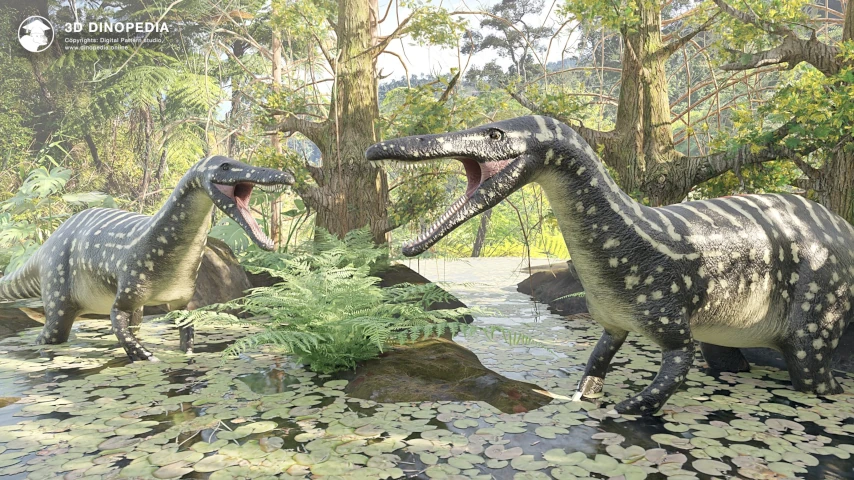
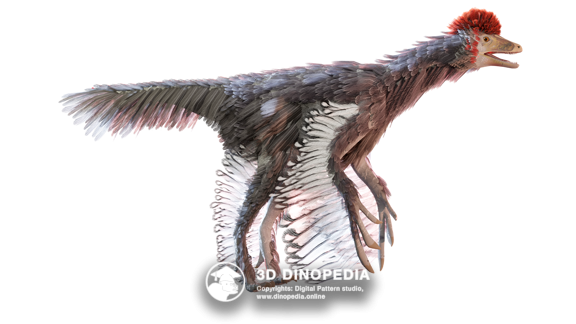


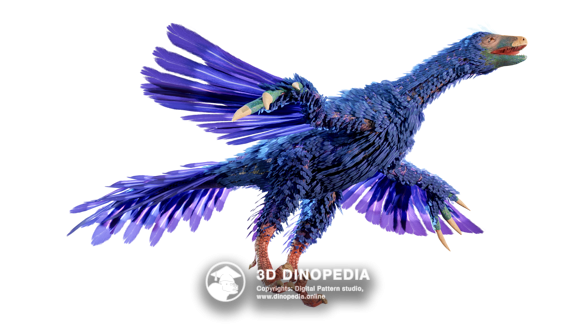
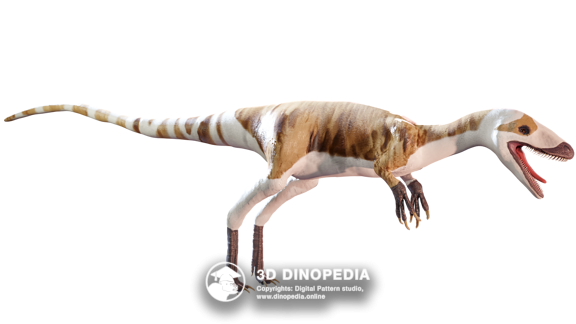
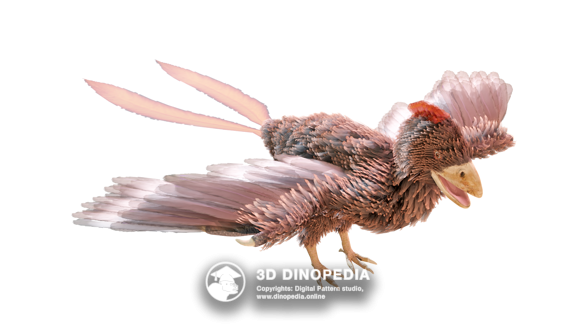


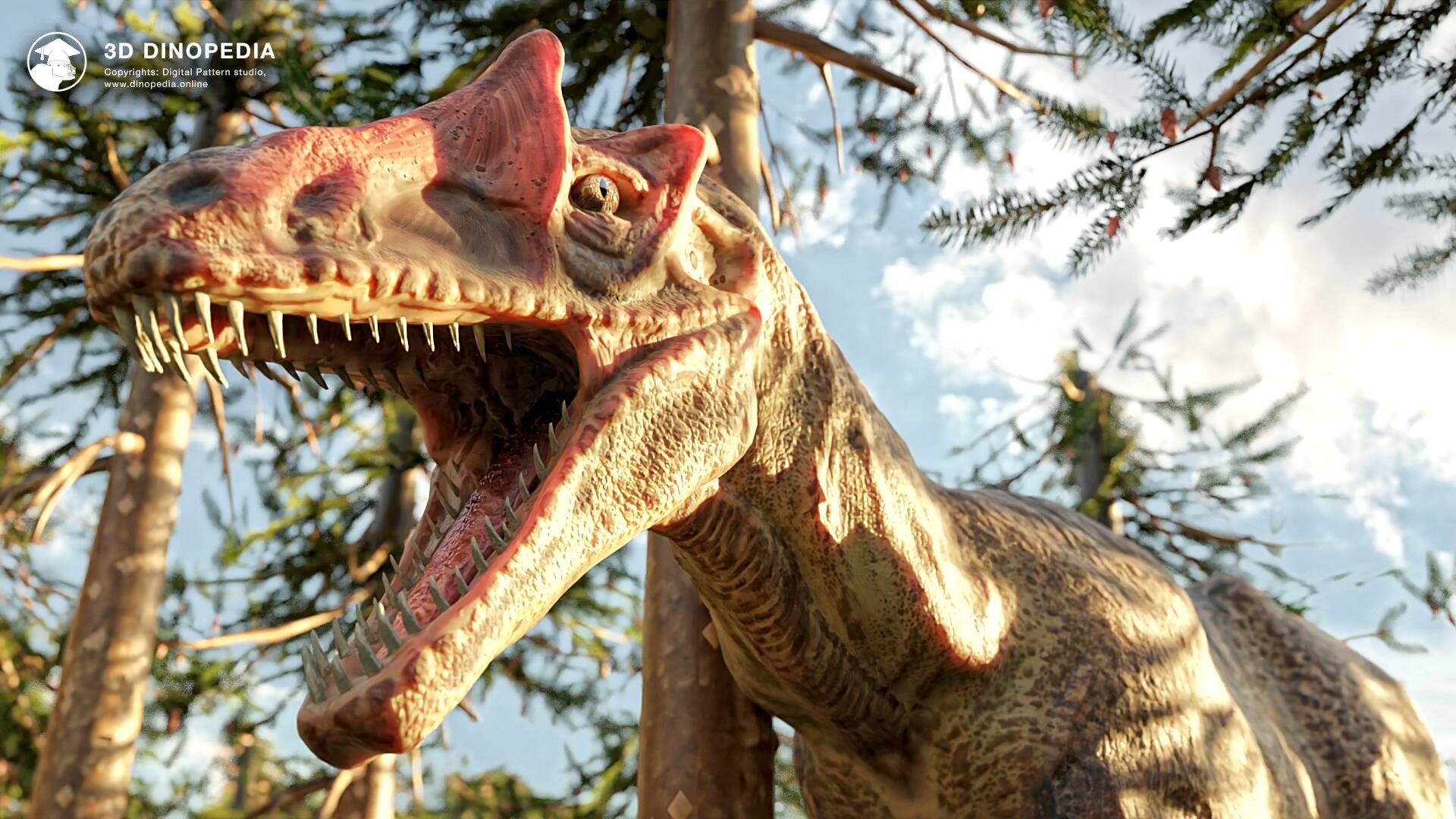


{{ count }} comments
You must login to write a comment